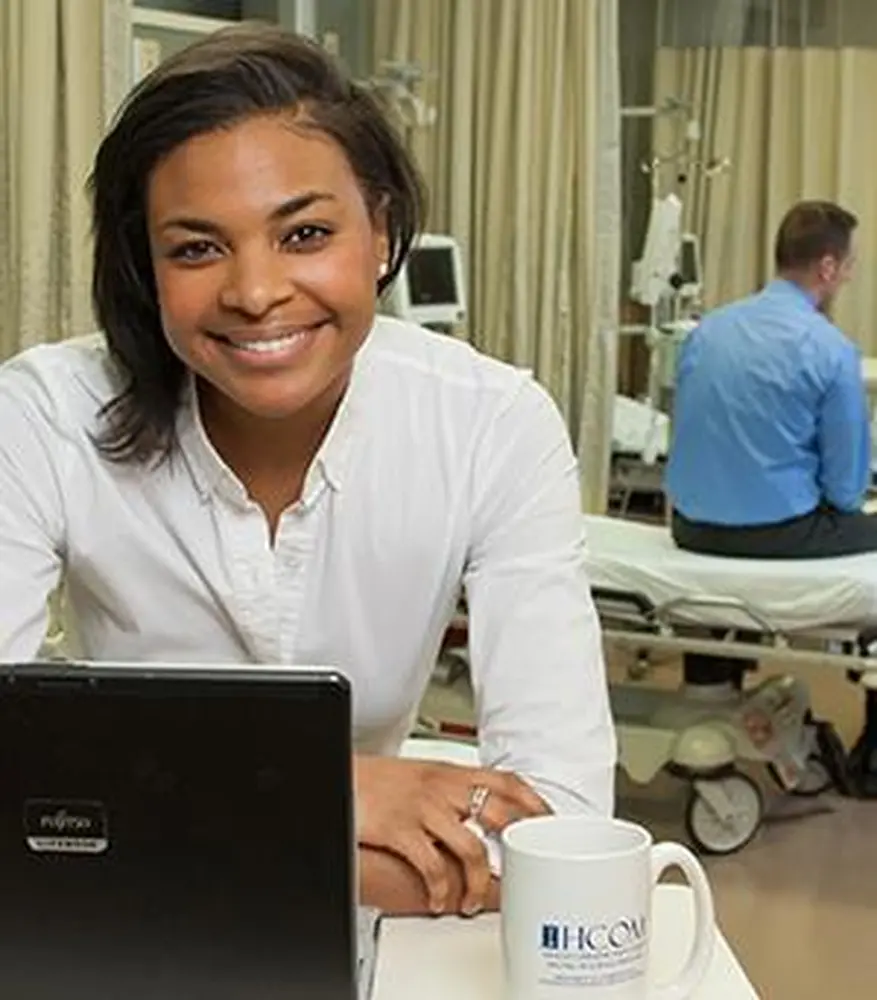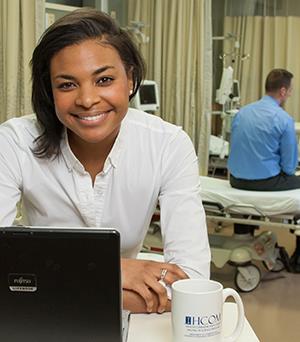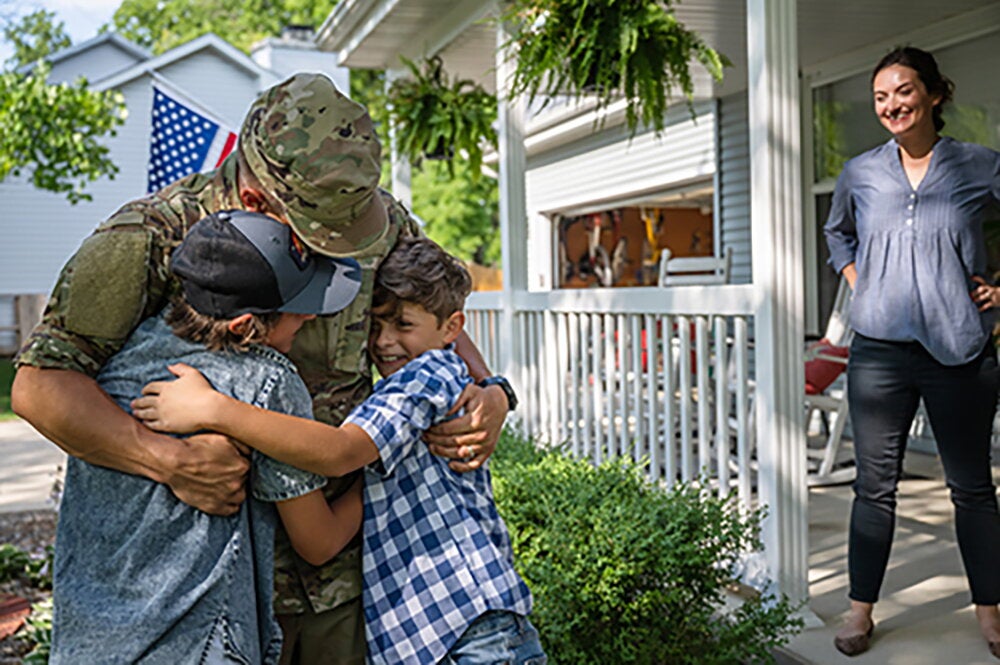

“It’s been over an hour since we poked the patient with something sharp. Get him a lumbar puncture.” —Dr. Gregory House
Dr. Gregory House of the TV show House was famous for being rude, abrasive, and a lousy communicator—but also a brilliant doctor. In real life, however, people prefer their doctors to be both brilliant and caring, not to mention good communicators. That’s why you will not find Dr. House on the faculty of the University of Illinois’ trailblazing master’s program in health communication.
In the real world, good communication can sometimes be a matter of life and death, says John Lammers, faculty director of the Health Communication Online Masters (HCOM) Program. He cites the case of a young man in California whose primary care physician had referred him to a heart specialist. The specialist found that the man’s heart was in very bad shape, but when he called back the primary care physician three different times, this vital information was never passed on.
In the meantime, the young man died of a heart attack in the parking lot on his way from work.
“It wasn’t that anybody executed medical practice improperly,” Lammers says. “It was a failure of communication, pure and simple.” He says that the handoff of information within a medical system is crucial—and not always easy.
“Back in 2000 the Institute of Medicine recognized that most of the death and harm caused to people in healthcare was the result of poor communication practices,” he says.
That is one reason why the U of I offers this unique graduate-level communication program. According to Lammers, it is only one of two online health communication graduate programs in the country, and it was the U of I’s first graduate-level program in the College of LAS to be taught entirely online.
Dr. Cameron: I took an oath to do no harm.
Dr. House: Yeah, well, it’s not like they made you sign it or anything.
The U of I online master’s in health communication began in 2010 as the brainchild of communication professor Dale Brashers. Tragically, Brashers passed away in 2010 before he could see the program reach fruition, so oversight was handed over to Lammers and program director Lauren Weiner. According to Lammers, Brashers recognized that when patients come to a health provider, communication involves much more than an individual doctor and patient. Patients bring along their entire support group, such as their family, so physicians need to know how to take that into consideration.
But the Illinois health communication program is not just about bedside manner. It is broken down into three major areas: organizational communication among health workers; interpersonal communication between doctors and patients; and mass communication between health professionals and the general public.
Dr. Wilson: I’m with a patient.
Dr. House: Is she dying?
Dr. Wilson: No.
Dr. House: Then she can wait.
Lammers says their program is ideal for health professionals already in the field but seeking advanced credentials. This includes everyone from healthcare providers and people in healthcare marketing and human resources to patient and family advocates or those in pharmaceutical sales.
“We’ve learned that the successful participant in our program is someone who has spent five or more years in healthcare and knows what they want to do and why they want this degree,” he says.
Master’s students in the two-year program take one class at a time, making it manageable on top of a job, and they pay for one class at a time, making it affordable. In a single semester, students take a 4-credit course for the first eight weeks, and after a week off they finish with a 2-credit course for the final four weeks. With 6 credit hours, students qualify as full-time students for financial aid purposes.
The LAS Department of Communication also hopes to offer an alternative in which online students can take three courses and receive a certificate, which could be enough to make them eligible for a raise in their employment.
Dr. Foreman: Have you read his file?
Dr. House: I started, but I found the characters two-dimensional.
Lammers says classes are 100-percent online, so students are not required to come to campus—and yet they still have a foothold in one of the country’s leading communication departments. Courses are taught via streaming video, audio, and Powerpoint, and the readings are posted on the website. A new video technology created at Illinois, known as Personify, allows professors to give lectures from their office, while images are superimposed in the background. Coursework takes about 10 to 12 hours per week, and it can be completed any time, day or night.
Students also have virtual discussions by posting on discussion boards during the week—not at a set time.
“Through this interaction, students create bonds with each other,” Lammers says. In fact, because of such bonds, at the end of two years many students will come to campus for graduation and shake hands with the students they have been interacting with for so long.
In the early part of the 20th century, he says, healthcare focused on acute illnesses—getting immediate care for diseases and illnesses as they come up. But by the beginning of the 21st century, most healthcare was focused on chronic illnesses—things people do to stave off disease or cope with long-term issues, such as taking cholesterol medicine or getting a colonoscopy.
“As a result, keeping people on the straight and narrow now requires more support than just the doctor and patient,” he says. “It reaches past physicians, nurses, and other healthcare professions to the operations of the hospital, clear up to insurance companies and policy decisions made in Washington, D.C.”
Good communication at all of these levels may not make for dramatic television on shows where doctors such as Gregory House routinely butt heads with hospital CEOs. But it makes for much more effective healthcare.
Dr. Cameron: How would you describe my leadership skills?
Dr. House: Nonexistent. Otherwise excellent.


